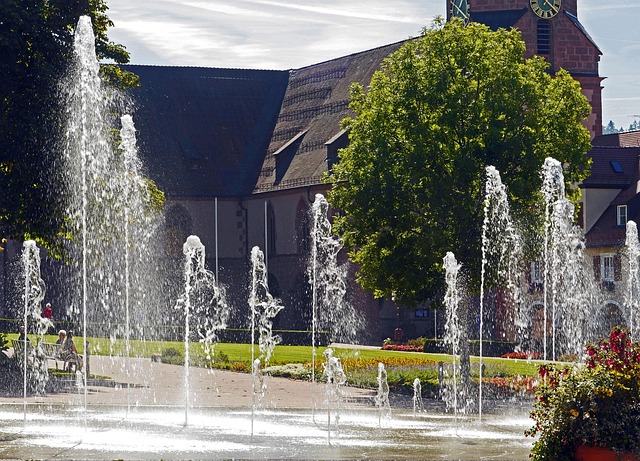Green Oasis: Eco-Friendly Park Design for a Sustainable Habitat
Imagine walking through a serene landscape where the air is fresh, the sounds of chirping birds mingle with the rustling leaves, and vibrant flowers bloom all around. This is not just a dream; it’s the vision behind nature-friendly park design, which aims to create sustainable habitats that nurture both the environment and the community. In an age where the environment is facing numerous challenges, designing parks with eco-friendly principles has never been more critical.
The Importance of Eco-Friendly Parks
Eco-friendly parks serve as essential green spaces in urban settings, providing a refuge for both people and wildlife. They help combat pollution, reduce urban heat, and improve air quality. By integrating native plants, organic gardening practices, and sustainable materials, these parks promote biodiversity while enriching the local ecosystem.
Integrating Nature into Urban Landscapes
Incorporating natural elements into park design enhances the overall well-being of the community. Careful selection of flora can attract local pollinators such as bees and butterflies, while providing essential habitats for various species. Nature-friendly park design encourages the use of rain gardens, green roofs, and permeable pavements that allow water to filter through, decreasing runoff and preventing flooding. These features not only add beauty but also support the infiltration of rainwater into the ground, replenishing the water table.
Creating Spaces for Community Connection
One of the most significant aspects of eco-friendly parks is their ability to foster community connections. By integrating walking trails, picnic areas, and communal gardens, these spaces invite people of all ages to engage with nature and each other. Community gardening initiatives can empower residents to cultivate their own food, learn about sustainable practices, and connect with their neighbors. In a world increasingly driven by technology, these green oases offer a much-needed escape that encourages personal interaction and a sense of belonging.
Gardening with a Purpose
Gardening within these parks isn’t just about aesthetics; it’s about creating a sustainable environment. Utilizing native plants and organic gardening techniques reduces the need for chemical fertilizers and pesticides, promoting a healthier ecosystem. Education programs can provide community members with the knowledge to maintain these gardens, nurture biodiversity, and understand the valuable role they play in preserving the environment.
The Future of Urban Greenspaces
As cities continue to expand and face environmental challenges, the concept of eco-friendly park design becomes even more vital. Envisioning green spaces that prioritize sustainability offers long-term benefits for both the environment and community health. By collaborating with local governments, passionate individuals, and environmental organizations, we can create vibrant parks that serve as living examples of what can be achieved when nature and urban life harmonize.
In embracing nature-friendly park design, we invest in a future where green spaces thrive, wildlife flourishes, and communities draw closer together. The journey to creating these green oases requires commitment and creativity, but the rewards are immeasurable—both for our planet and for generations to come.




